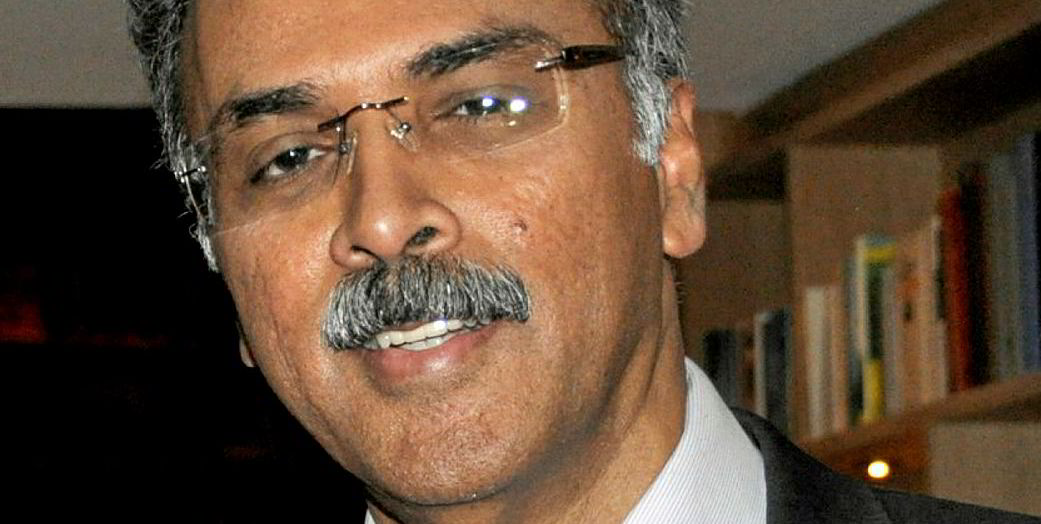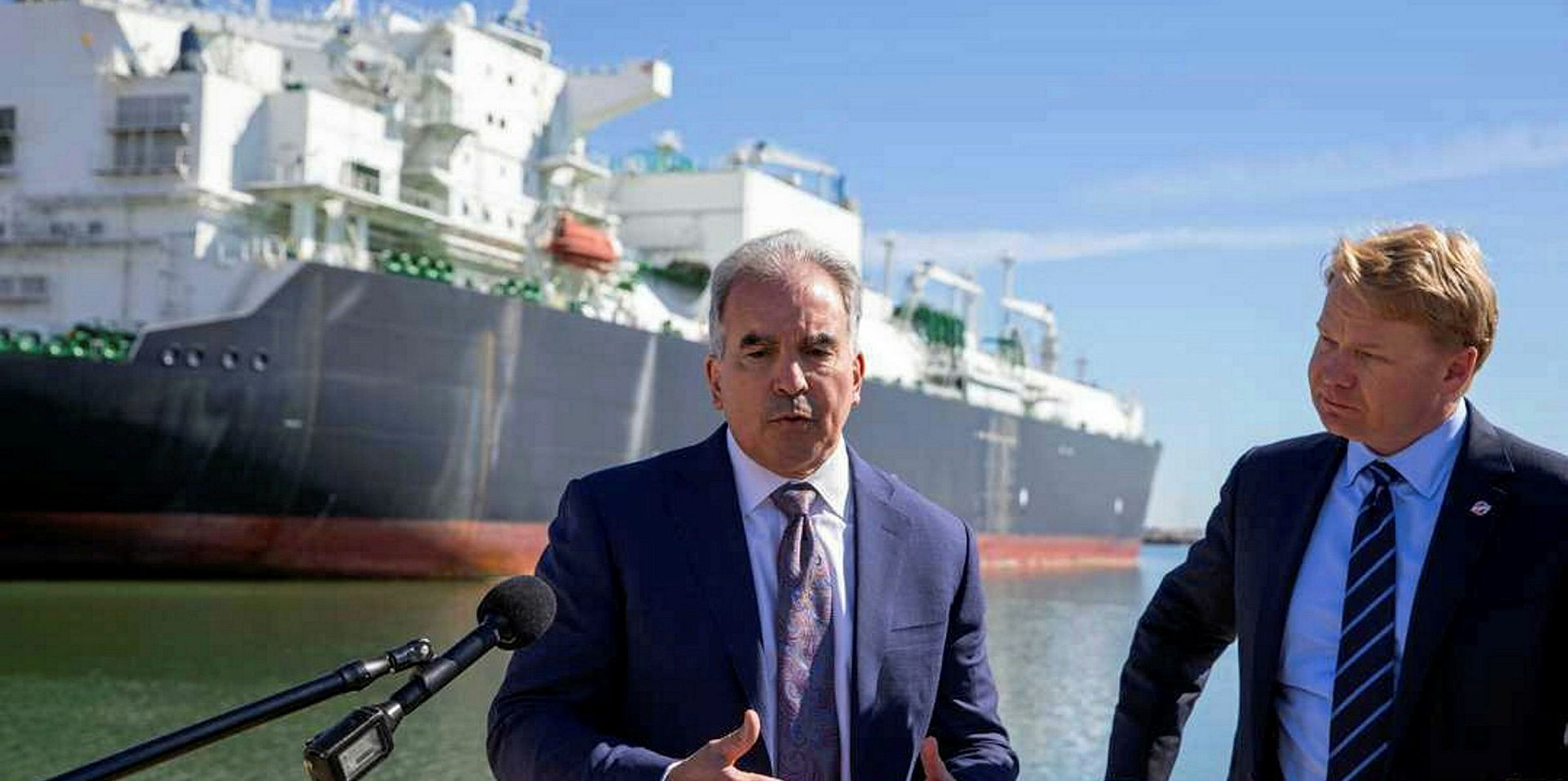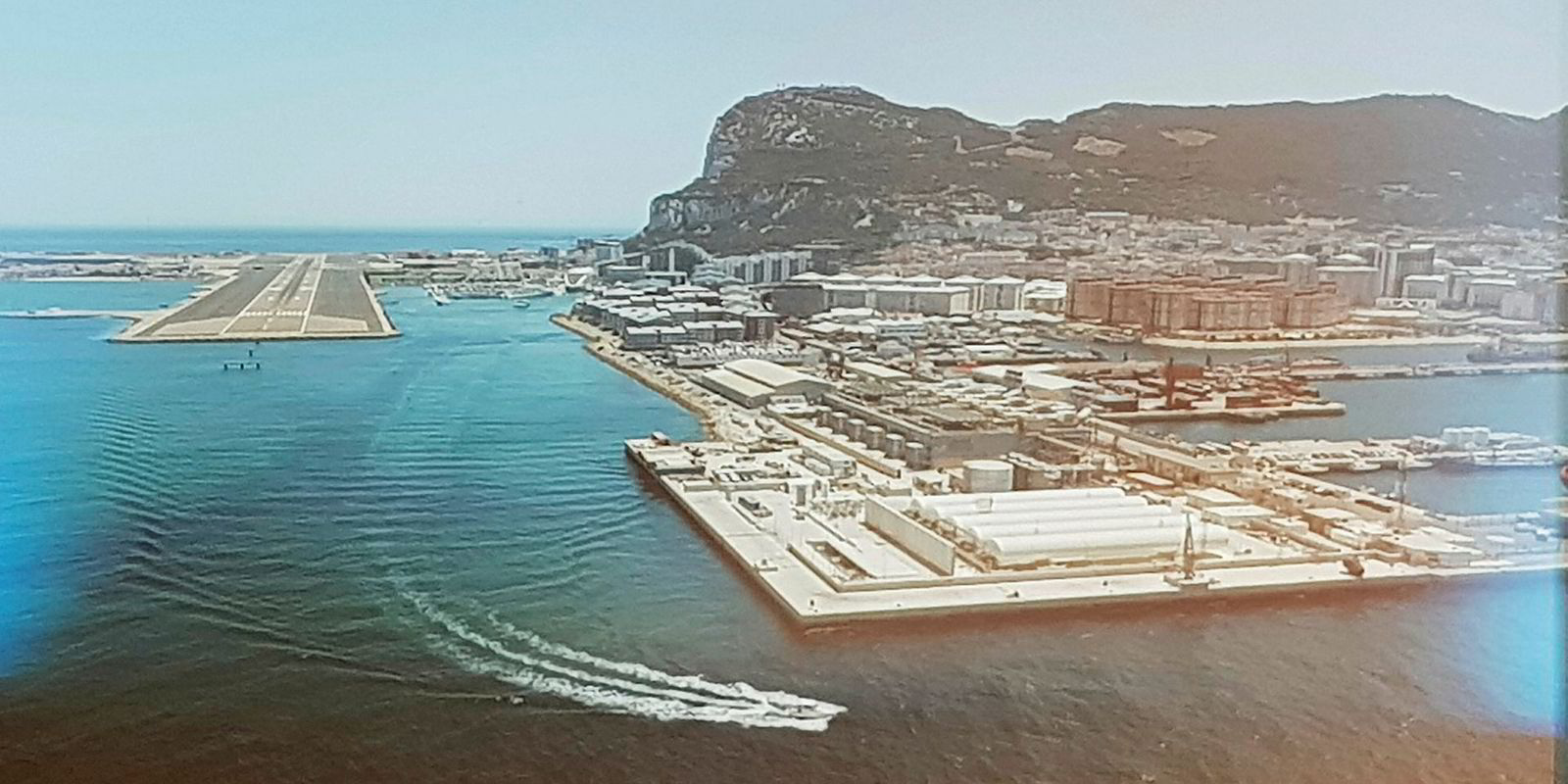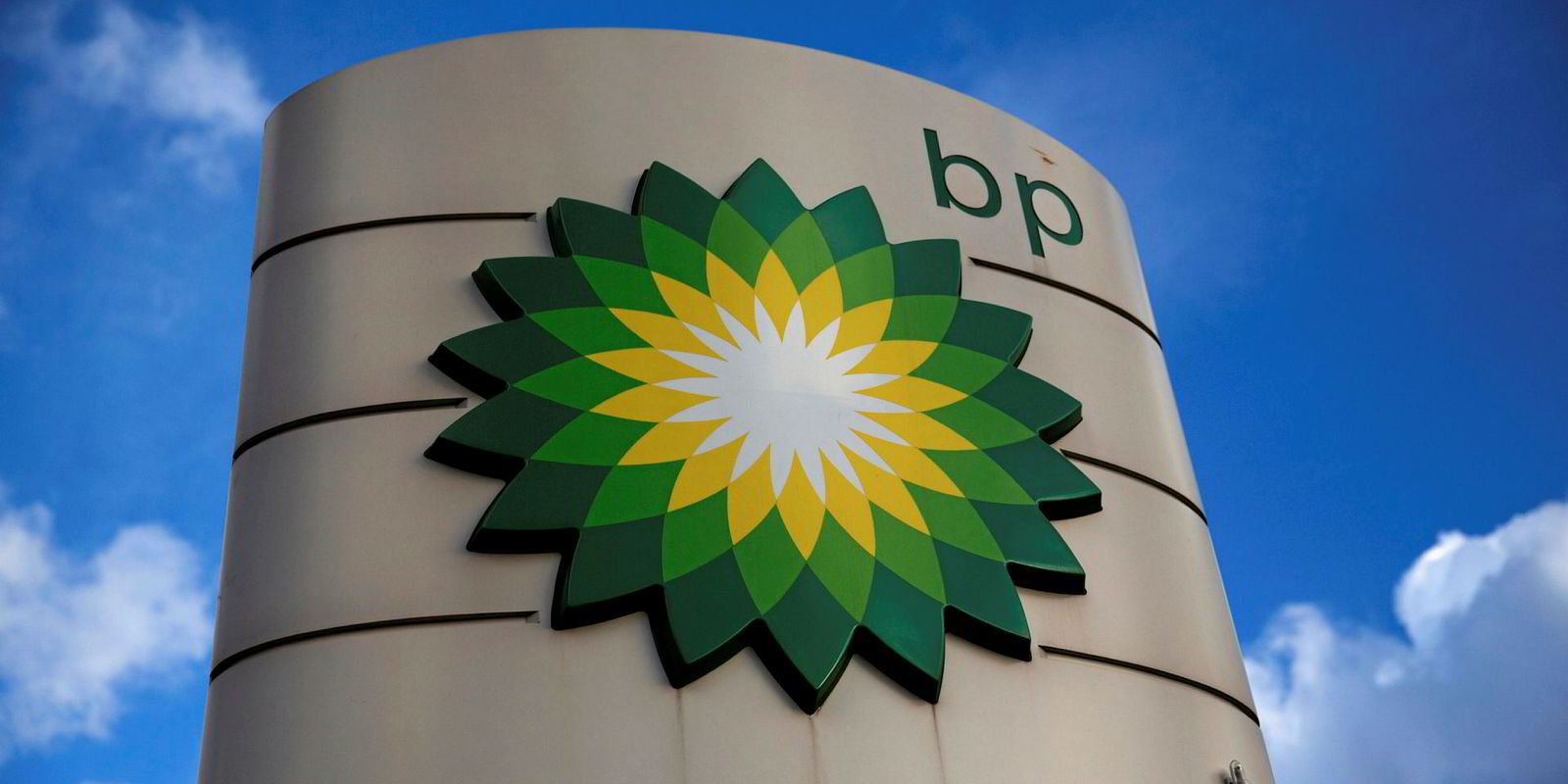Global LNG supply is set to grow by about 42 million tonnes per annum in 2019, which is a huge rise from the 25 mtpa of liquefaction capacity expected to be added this year and logged in 2017.
Attendees at CWC’s World LNG Summit & Awards Evening in Lisbon heard that eight new production trains will come onstream in the US alone next year as delayed projects finally move to start-up.
There is 85 mtpa of new production under construction, which will bump up global LNG output from 315 mtpa today to 355 mtpa in 2020 and about 400 mtpa by 2025.
But this is just the latest expansion phase. A swathe of developers are already hard at work preparing the next wave of supply and jostling to secure buyers to back their projects.
A line of speakers at the annual LNG conference referenced projects in countries such as Russia, Qatar, Mozambique, Nigeria and the US that are planning to take final investment decisions (FIDs) on new LNG capacity in 2019.
Consultants estimate the sanctions being talked about represent up to 200 mtpa of new LNG.
Dearth of FIDs set to reverse
Realistically, they believe up to 100 mtpa could get the green light next year — a big turnaround on the past few years where there has been a dearth of FIDs.
The expansion talk sent the shipping crowd among the attendees scurrying to their notepads as they tried to tot up how many LNG newbuildings each project might require, with one producing a three-figure number.
But that is no longer a simple or reliable calculation as more destination-free cargoes emerge and LNG begins to be traded more like a commodity.
There is some disconnect between what owners are asked to do and what the reward is. I think what we have seen recently is not sustainable
It is a similarly buoyant, if more complex picture on the buying side, where China is turning heads.
The country’s LNG imports are estimated to come in at 53 mtpa this year, from 39 mtpa in 2017. Figures for November show that for the first time Chinese imports nudged ahead of the world’s largest buyer, Japan.
The number of countries importing LNG is set to grow, with Russia — through its exclave Kaliningrad — and Bahrain among the next to join the 40-strong club.
The Lisbon crowd heard details of a myriad of projects for new markets including Germany, Morocco and Gibraltar, with expansions planned from others such as India, Pakistan and Poland.
Upbeat mood
The mood was upbeat among attendees, with recurring themes about the growing commoditisation of the LNG market, the need for flexibility and competitiveness on costs.
Traders brushed away fears of oversupply, saying that the market seems to be working, as cargoes are being traded heavily to areas of demand spikes, sometimes on circuitous routes.
This, along with the overall supply and demand growth for LNG, is potentially good for shipping, as it can soak up more vessels and offer new trades.
But it is also putting more pressure on shipowners and operators.

Gunaseharan Ganapathy, director for the LNG division of MOL (Europe Africa), said charterers’ efforts to increase efficiency and adopt new technologies to improve margins is pushing a cost-and-complexity burden onto shipowners.
'Bloodbath' over business
Referring to the reduction in the length of time charters to between five and seven years, he described how when a recent piece of business emerged offering a 10-year charter, it created “a bloodbath” among bidders in which MOL opted not to participate.
“It is becoming very demanding for us to establish infrastructure to be able to provide that kind of service and yet try to make some money at the bottom line,” he said. “That’s where the crunch is.”
Maran Gas Maritime LNG commercial manager Jason Bikos said: “There is some disconnect between what owners are asked to do and what the reward is. I think what we have seen recently is not sustainable.”
Ganapathy added that providing a reliable service for the LNG industry amid the continued expansion requires a fair agreement.
“If you want reliability, you must give a reasonable return to the owners to continue to provide the service,” he said.






